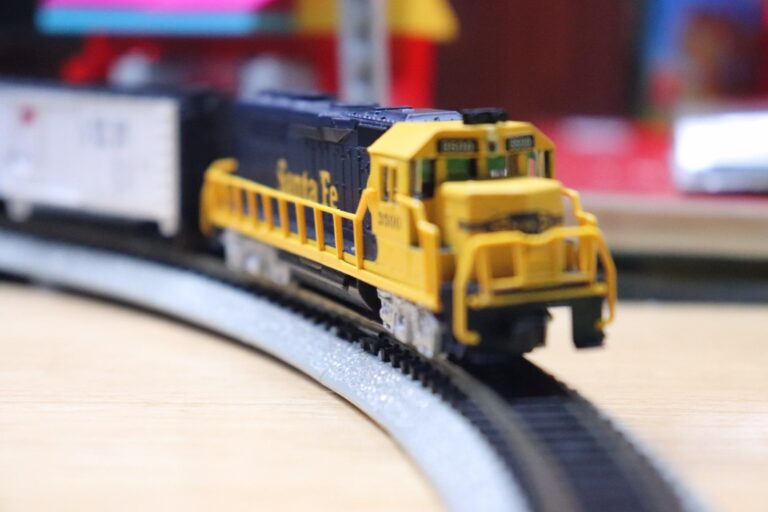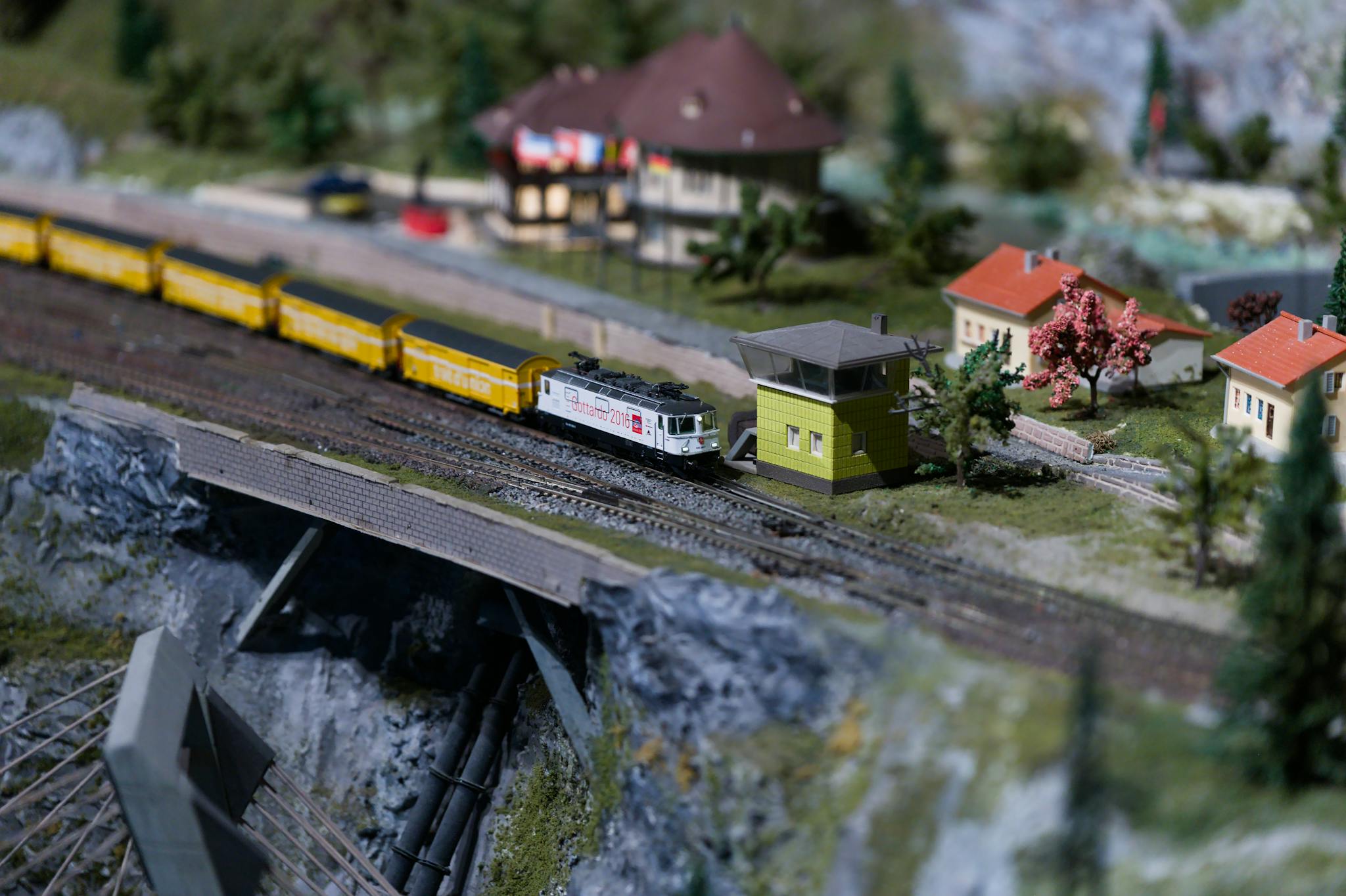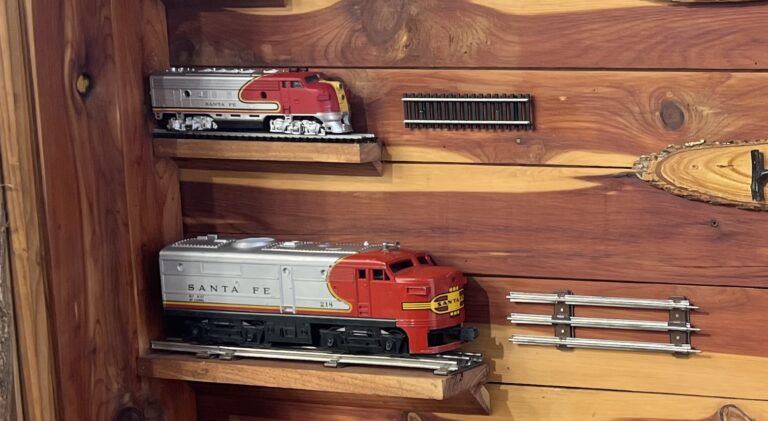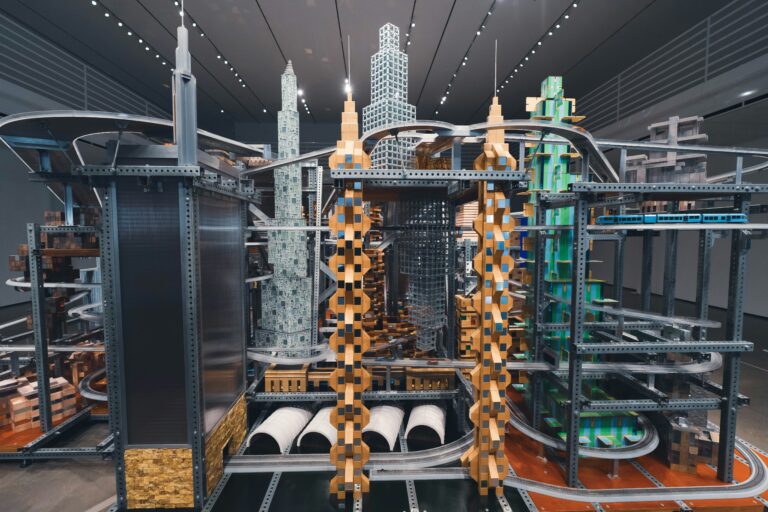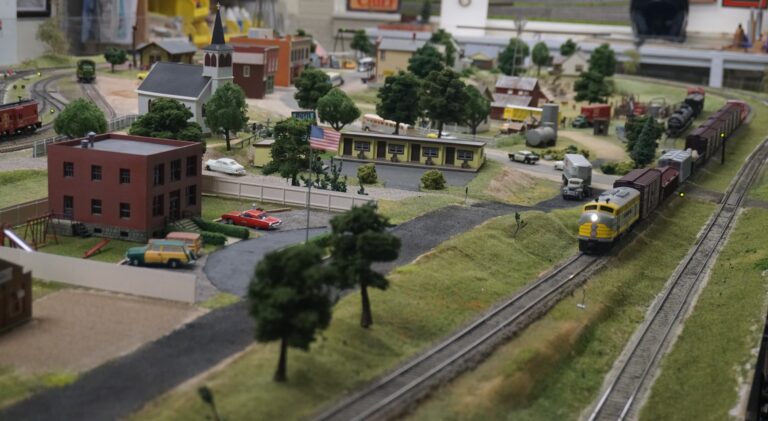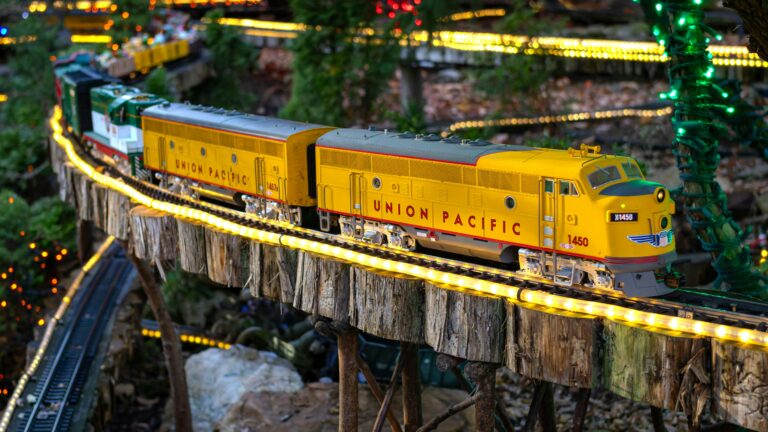What Scale Model Train Should I Buy? A Beginner’s Guide
Confused by HO, O, or N scale? This beginner-friendly guide breaks down model train scales to help you pick the perfect one for your space and budget
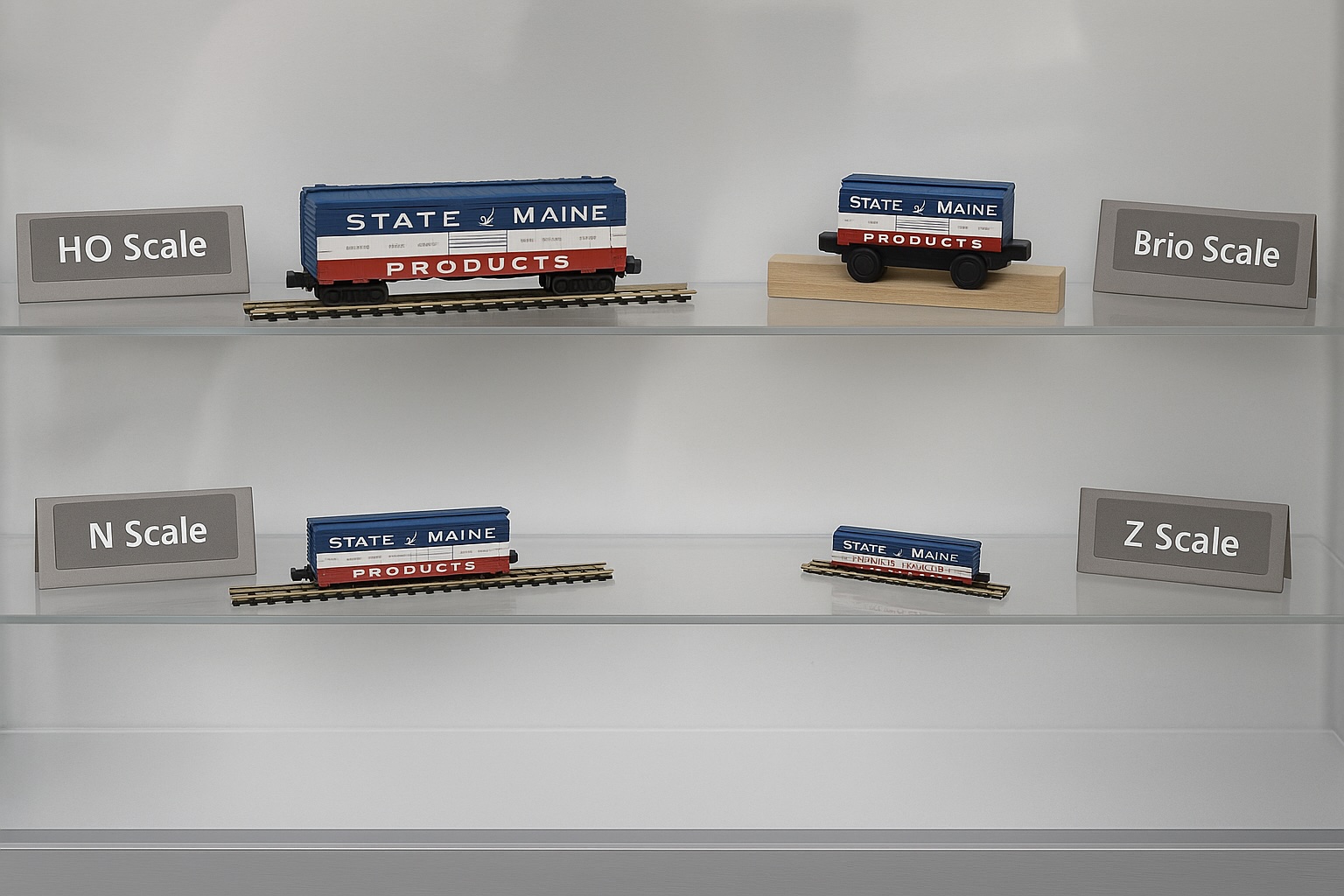
Getting started with model trains is exciting—but it can also be overwhelming. One of the first (and most important) decisions you’ll make is choosing the right model train scale. Whether you’re starting a layout from scratch or buying a gift for a budding railroader, understanding scales is the foundation of the hobby.
In this guide, we’ll demystify terms like HO scale, N scale, O scale, and Z scale, help you assess what fits your space and goals, and set you up to choose your first beginner train set with confidence.
What is Model Train Scale?
A model train scale refers to the ratio between the model and its real-life counterpart. For example, HO scale is 1:87, meaning the train is 1/87th the size of a real train.
The two terms you’ll often see together are:
- Scale: The ratio (e.g. 1:87)
- Gauge: The distance between the rails
These terms are often used interchangeably in casual conversation, but technically they’re different. Standard gauge refers to the real-world track width (4 ft 8.5 in), and most model train scales simulate this using proportional track width.
Understanding scale is critical for choosing the right layout size, detail level, and available accessories.
Model Train Scale Comparison Chart
| Scale | Ratio | Gauge (mm) | Length of 50ft car | Best For |
|---|---|---|---|---|
| O Scale | 1:48 | 32 mm | ~12.5 inches | Display layouts, collectors |
| HO Scale | 1:87 | 16.5 mm | ~7 inches | Balance of size and detail |
| N Scale | 1:160 | 9 mm | ~4 inches | Small spaces, compact layouts |
| Z Scale | 1:220 | 6.5 mm | ~2.75 inches | Tightest spaces, novelty layouts |
What is HO Scale?
HO scale (1:87) is by far the most popular scale in the world of model railroading—and for good reason.
Why Choose HO Scale?
- Great balance of size and detail: Big enough to show off locomotive detail, small enough to fit a layout in a spare room.
- Vast selection of products: Nearly every model train manufacturer makes HO scale equipment, from budget sets to collector-grade engines.
- Affordable starter options: Tons of beginner train sets under $300.
- Huge community: Forums, clubs, and resources abound.
HO scale is often the best all-around choice for new hobbyists. If you’re just starting out, we recommend checking out our Best HO Scale Starter Sets for Under $300 for a curated list of quality beginner kits.
Want a deeper dive? Don’t miss our full breakdown: O Scale vs HO Scale: Pros, Cons, and Collector Appeal.
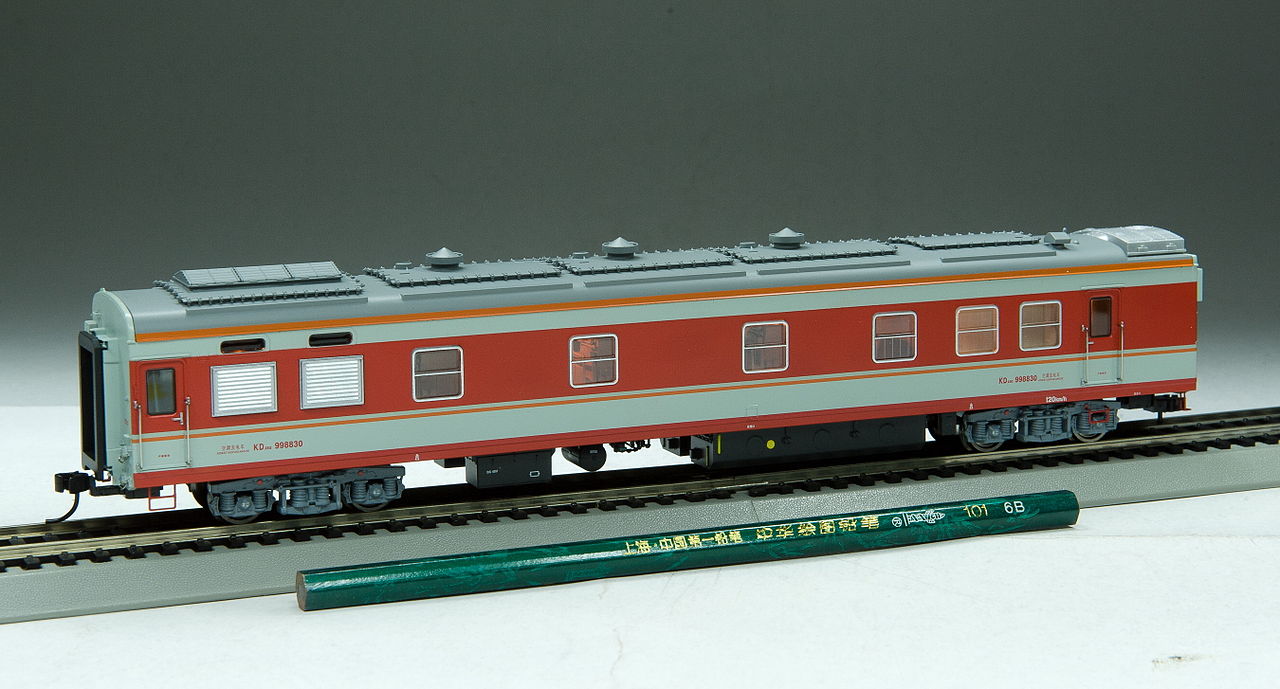
What is N Scale?
N scale (1:160) is the second most popular scale and ideal for hobbyists with limited space or a love of long runs and scenery.
Why Choose N Scale?
- Compact size: A full N scale layout fits on a 2′ x 4′ board—perfect for apartments or small hobby rooms.
- Impressive scenic scope: Because the trains are smaller, you can fit more terrain, track, and towns into your layout.
- Surprising detail: Modern N scale equipment offers sharp detail and smooth operation.
If you’re torn between HO and N, read our in-depth comparison: HO vs N Scale: Which One’s Better?

What is O Scale?
O scale (1:48) is larger and often favored by collectors, display hobbyists, or those returning to the hobby with fond memories of classic Lionel sets.
Why Choose O Scale?
- Big, bold presence: These trains are beautiful showpieces, with detailed engines and nostalgic charm.
- Perfect for display layouts: Great for bookshelf dioramas or under-the-tree holiday setups.
- Ideal for those with vision or dexterity concerns: Easier to handle and see.
O scale setups require more room and often come at a higher price point. Still, they can be an incredibly rewarding choice if space isn’t an issue.
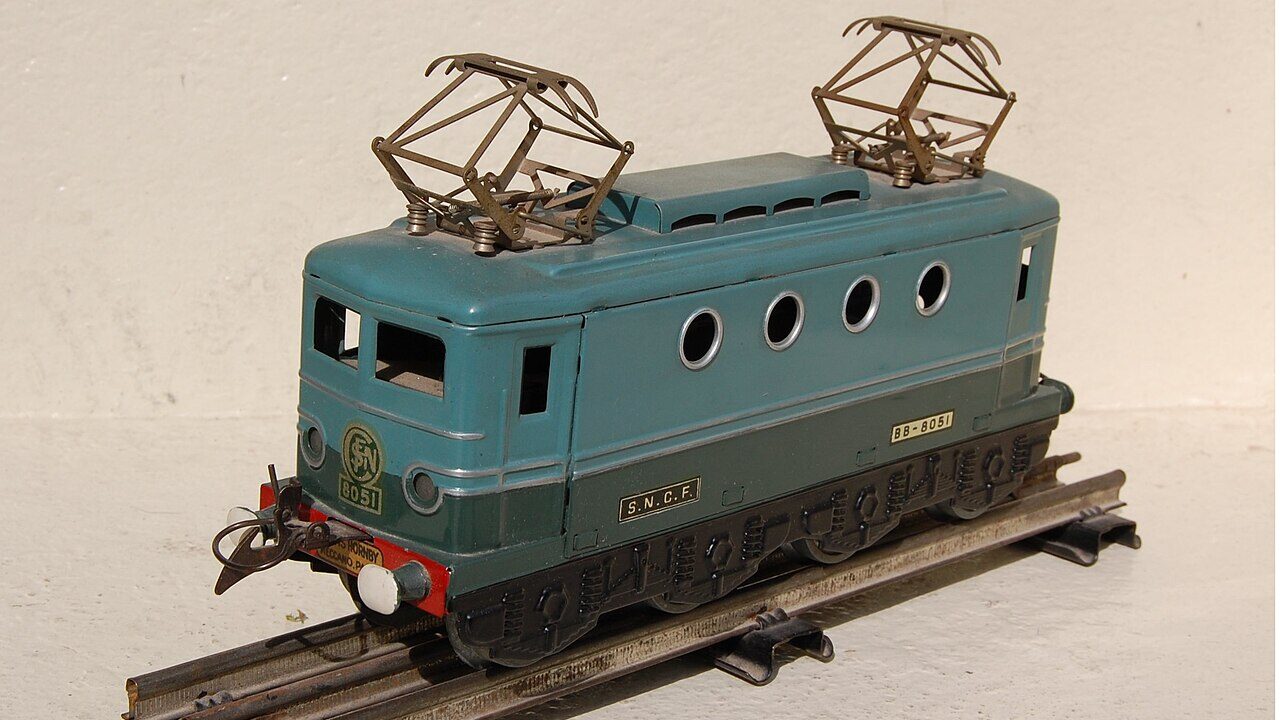
What is Z Scale?
Z scale (1:220) is the smallest widely available scale—and it’s truly for specialists or those with extreme space limitations.
Why Choose Z Scale?
- Microscopic footprint: A Z scale layout can fit in a briefcase or coffee table.
- Engineering marvels: The craftsmanship is impressive, with working engines at this tiny size.
- Conversation starter: If you want a novelty layout or travel-friendly setup, Z scale fits the bill.
That said, Z scale is not recommended for most beginners due to limited product availability and higher prices.
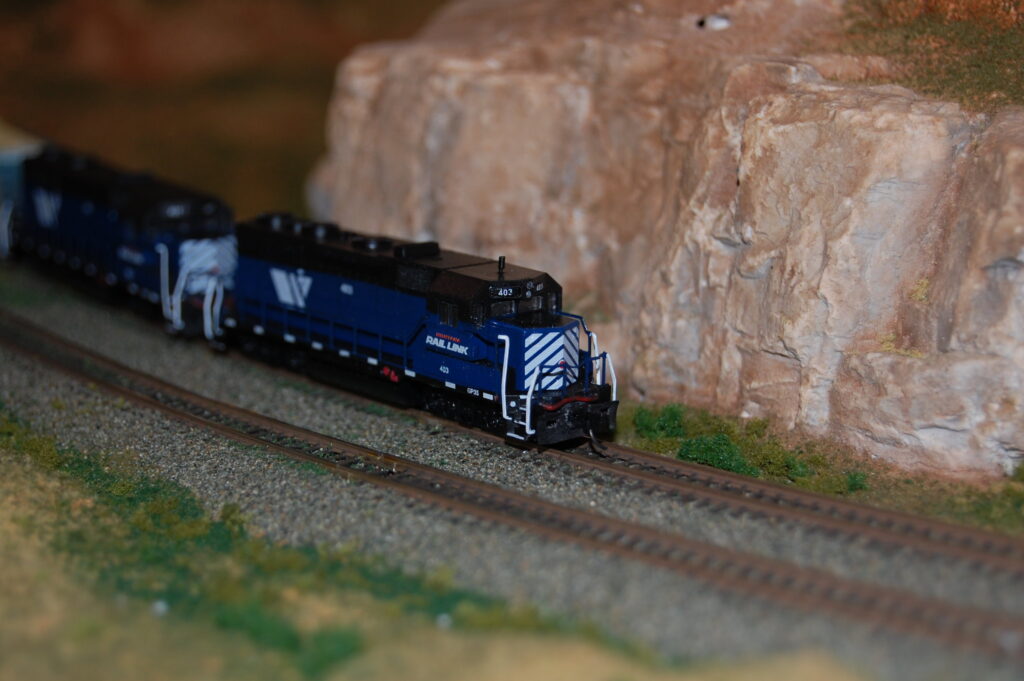
What is Standard Gauge?
In the real world, standard gauge refers to 4 ft 8.5 in between rails—the most common track width used by major railroads.
In the model train world, the gauge of track used varies by scale, but many scales replicate standard gauge in proportional form:
- HO scale uses 16.5 mm track to represent standard gauge
- N scale uses 9 mm track
- O scale uses 32 mm track
When people say “standard gauge” in model railroading, they may also be referring to classic Lionel O gauge trains, which run on a specific track system known colloquially as “Standard Gauge” in collector circles. If you’re buying vintage equipment, double-check compatibility.
What Scale is Best for Small Spaces?
If space is limited, you’ll want to go with either N scale or Z scale. Here’s how they compare:
N Scale in Small Spaces
- Easily fits in a 3’ x 6’ area
- More product availability
- Easier to handle than Z scale
Z Scale in Tiny Spaces
- Fits in a drawer or tabletop
- Ultra-lightweight and portable
- Best for experienced hobbyists or novelty projects
For most people, N scale hits the sweet spot of compact size, affordability, and product selection.
Which Model Train Scale Should You Buy?
It all comes down to three things:
1. How Much Space Do You Have?
- Limited space? Go with N scale.
- Medium space? HO scale is your best bet.
- A whole room or basement? Consider O scale.
2. What’s Your Goal?
- Want realism and variety? HO scale wins.
- Want long scenic runs? N scale lets you stretch out.
- Want a nostalgic, bold look? Try O scale.
3. What’s Your Budget?
- HO and N scales offer the most budget-friendly starter sets.
- O and Z scales tend to be more expensive per piece and require more space or specialization.
Final Thoughts
Your first train set should reflect your goals, space, and sense of fun. You can’t go wrong with HO scale for an all-around experience, while N scale opens the door to compact layouts full of scenery. O scale is a showstopper with nostalgic appeal, and Z scale is for those ready for a challenge.
To explore product options, don’t miss our detailed guide on the Top 10 Model Train Brands Ranked by Hobbyists—an essential read before you buy.
Frequently Asked Questions
Q: Can I mix scales on the same layout?
A: Not easily. Each scale requires different track and rolling stock sizes. Most layouts stick to one scale.
Q: What’s the most realistic scale?
A: HO scale offers the best balance of detail and realism. O scale is even more detailed but requires more space.
Q: Are there other scales besides HO, N, O, and Z?
A: Yes—G scale is large and often used outdoors, and TT scale is a niche between N and HO. But for most beginners, the “big four” are the best starting points.
Ready to get started? Check out our top-rated Beginner HO Scale Train Set to dive into the hobby today.

